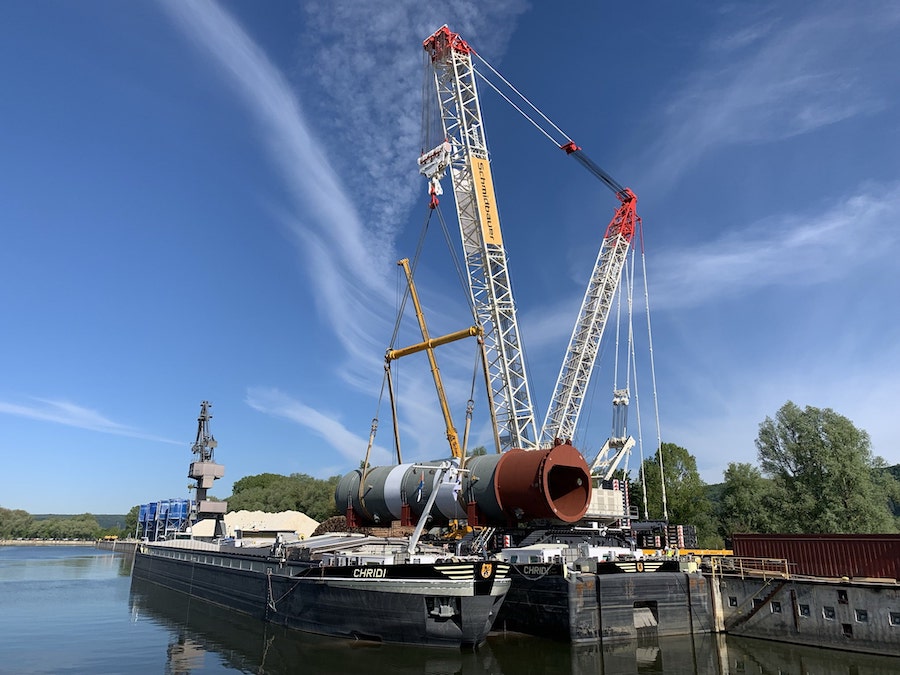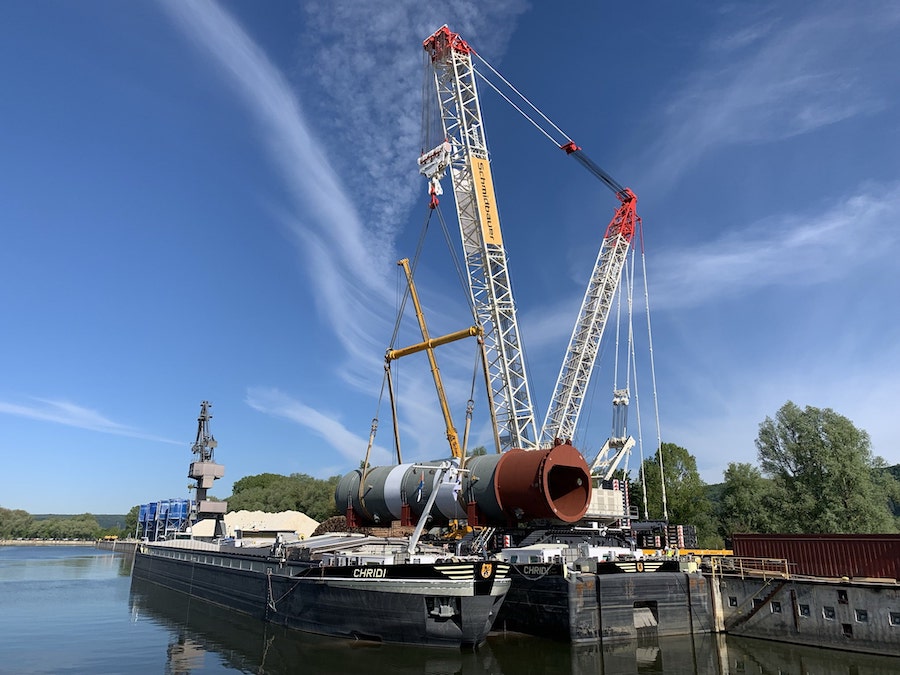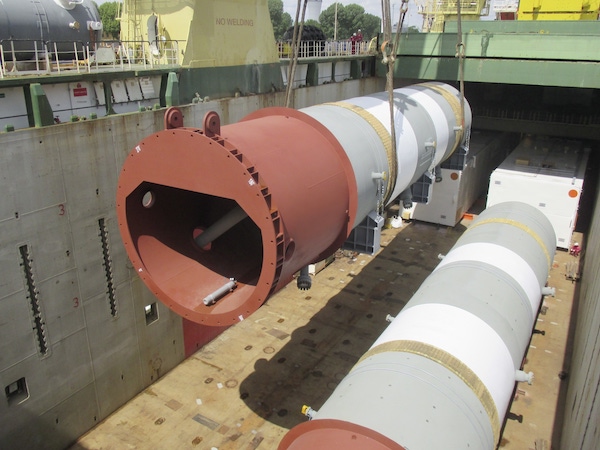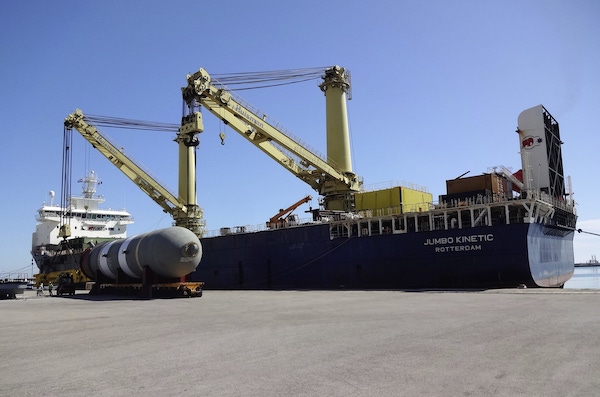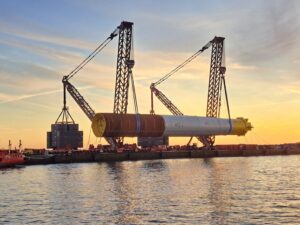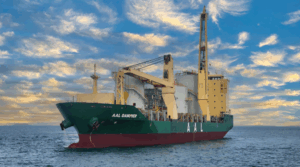deugro shipped three reactors for Bayernoil Raffineriegesellschaft mbH in Neustadt, Germany. The shipments encompassed reactors with a weight of up to 663 metric tons, one of the heaviest heavy loads that has ever been transported in Germany. In the first phase of this project in July 2020, the first (temporary) reactor with a size of 25.71 x 5.20 x 4.26 meters and a weight of 343 metric tons, was shipped from Koper, Slovenia to Kelheim, Germany. deugro Netherlands arranged for the loading of the reactor, the journey from the Port of Koper, Slovenia to the Port of Rotterdam, in the Netherlands, and the onward voyage on a barge from Rotterdam to the Port of Kelheim, Germany, both on a 24/7 sailing basis.
In the second project phase in May 2021, the two further reactors were transported to Kelheim, including a 663-metric-ton hydrocracking reactor measuring 32.76 x 6.57 x 6.61 meters and a 597.6-metric-ton hydrotreating reactor with dimensions of 29.73 x 6.38 x 6.33 meters. The hydrocracking reactor was loaded in Ortona, Italy and the hydrotreating reactor was loaded in Porto Marghera, Italy. The complete shipment took a sea voyage route from Porto Maghera to Rotterdam in the Netherlands.
Upon arrival in Rotterdam, both reactors were directly discharged onto a coupling barge for the onward barge shipment to Kelheim, Germany. Due to the time-critical nature of the shipment, a 24/7 sailing program was required, necessitating three skippers to be present on the barge all the time to ensure safe round-the-clock navigation of the cargo. The barge arrived safely and on time in Kelheim, completing a challenging project shipment.
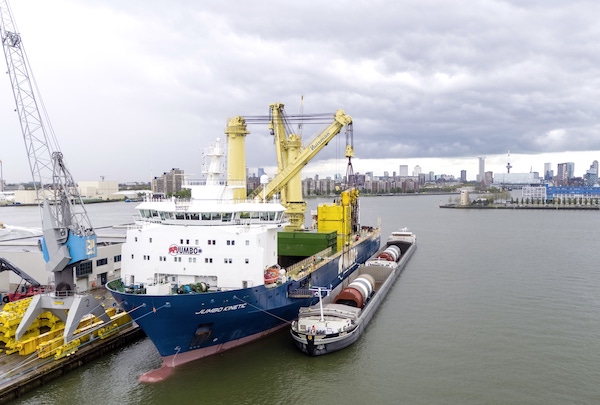
“With a total volume of 3,192.368 cubic meters and a total weight of 1,603 metric tons, enormous time pressure for both phases, and one of the reactors being the heaviest heavy loads ever transported in Germany, this project was very complex and challenging, especially due to COVID-19 restrictions,” said Marco Lauwrier, Manager Projects, deugro Netherlands. “Surveyors from deugro and dteq were present at the loading, transshipment and discharging ports.”


